Featured image credit: SpaceX
Lift Off Time | February 5, 2023 – 22:32 UTC | 17:32 EST |
|---|---|
Mission Name | Amazonas Nexus |
Launch Provider | SpaceX |
Customer | Hispasat |
Rocket | Falcon 9 Block 5 B1073-6; 56.62-day turnaround |
Launch Location | Space Launch Complex 40 (SLC-40), Cape Canaveral Space Force Station, Florida, USA |
Payload mass | ~4,500 kg (~9,900 lb) |
Where are the satellites going? | Geosynchronous Transfer Orbit (GTO); Final Orbit: GEO at 61º west |
Will they be attempting to recover the first stage? | Yes |
Where will the first stage land? | ~660 km downrange on Just Read the Instructions Tug: Crosby Skipper; Support: Doug |
Will they be attempting to recover the fairings? | The fairing halves will be recovered from the water ~660 km downrange by Doug |
Are these fairings new? | TBD |
How’s the weather looking? | The weather is currently 55% go for launch (as of February 3, 2023 13:30 UTC) |
This will be the: | – 202nd Falcon 9 launch – 137th Falcon 9 flight with a flight-proven booster – 143rd re-flight of a booster – 9th re-flight of a booster in 2023 – 170th booster landing – 96th consecutive landing (a record) – 9th launch for SpaceX in 2023 – 112 SpaceX launch from SLC-40 – 19th orbital launch attempt of 2023 |
Where to watch | Official Livestream |
What’s This All Mean?
SpaceX is set to launch the Amazonas Nexus high throughput satellite into a geosynchronous transfer orbit. The satellite will launch on a Falcon 9 Block 5 rocket from Space Launch Complex 40 at the Cape Canaveral Space Force Station, in Florida. Once in its operational orbit, the satellite will provide geostationary communications to the North and South Americas, Greenland, and the Atlantic corridor.
What Is Amazonas Nexus?
The Amazonas Nexus is a high throughput communication satellite that will provide North and South America, as well as Greenland and the Atlantic Corridor, with internet, television, radio, and mobile communications. The 4,500 kg spacecraft will be operated by Hispasat and was built by Thales Alenia Space, and is built on the Spacebus-Neo-200. This satellite bus has two deployable solar arrays and batteries which power the bus with 20 kW of power. Mounted on the satellite are a featured Ku-Band high-throughput payload and a Ku-band payload for gateway communications. The spacecraft has an on-orbit lifespan of roughly 15 years.
Amazonas Nexus will be the third satellite ordered by Hispasat to Thales Alenia Space after Hispasat 1C and 1D. It will also mark the 13th total launch of a Hispasat satellite.
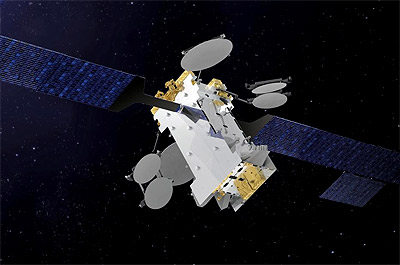
What Is Falcon 9 Block 5?
The Falcon 9 Block 5 is SpaceX’s partially reusable two-stage medium-lift launch vehicle. The vehicle consists of a reusable first stage, an expendable second stage, and, when in payload configuration, a pair of reusable fairing halves.
First Stage
The Falcon 9 first stage contains 9 Merlin 1D+ sea level engines. Each engine uses an open gas generator cycle and runs on RP-1 and liquid oxygen (LOx). Each engine produces 845 kN of thrust at sea level, with a specific impulse (ISP) of 285 seconds, and 934 kN in a vacuum with an ISP of 313 seconds. Due to the powerful nature of the engine, and the large amount of them, the Falcon 9 first stage is able to lose an engine right off the pad, or up to two later in flight, and be able to successfully place the payload into orbit.
The Merlin engines are ignited by triethylaluminum and triethylborane (TEA-TEB), which instantaneously burst into flames when mixed in the presence of oxygen. During static fire and launch the TEA-TEB is provided by the ground service equipment. However, as the Falcon 9 first stage is able to propulsively land, three of the Merlin engines (E1, E5, and E9) contain TEA-TEB canisters to relight for the boost back, reentry, and landing burns.
Second Stage
The Falcon 9 second stage is the only expendable part of the Falcon 9. It contains a singular MVacD engine that produces 992 kN of thrust and an ISP of 348 seconds. The second stage is capable of doing several burns, allowing the Falcon 9 to put payloads in several different orbits.
For missions with many burns and/or long coasts between burns, the second stage is able to be equipped with a mission extension package. When the second stage has this package it has a grey strip, which helps keep the RP-1 warm, an increased number of composite-overwrapped pressure vessels (COPVs) for pressurization control, and additional TEA-TEB.
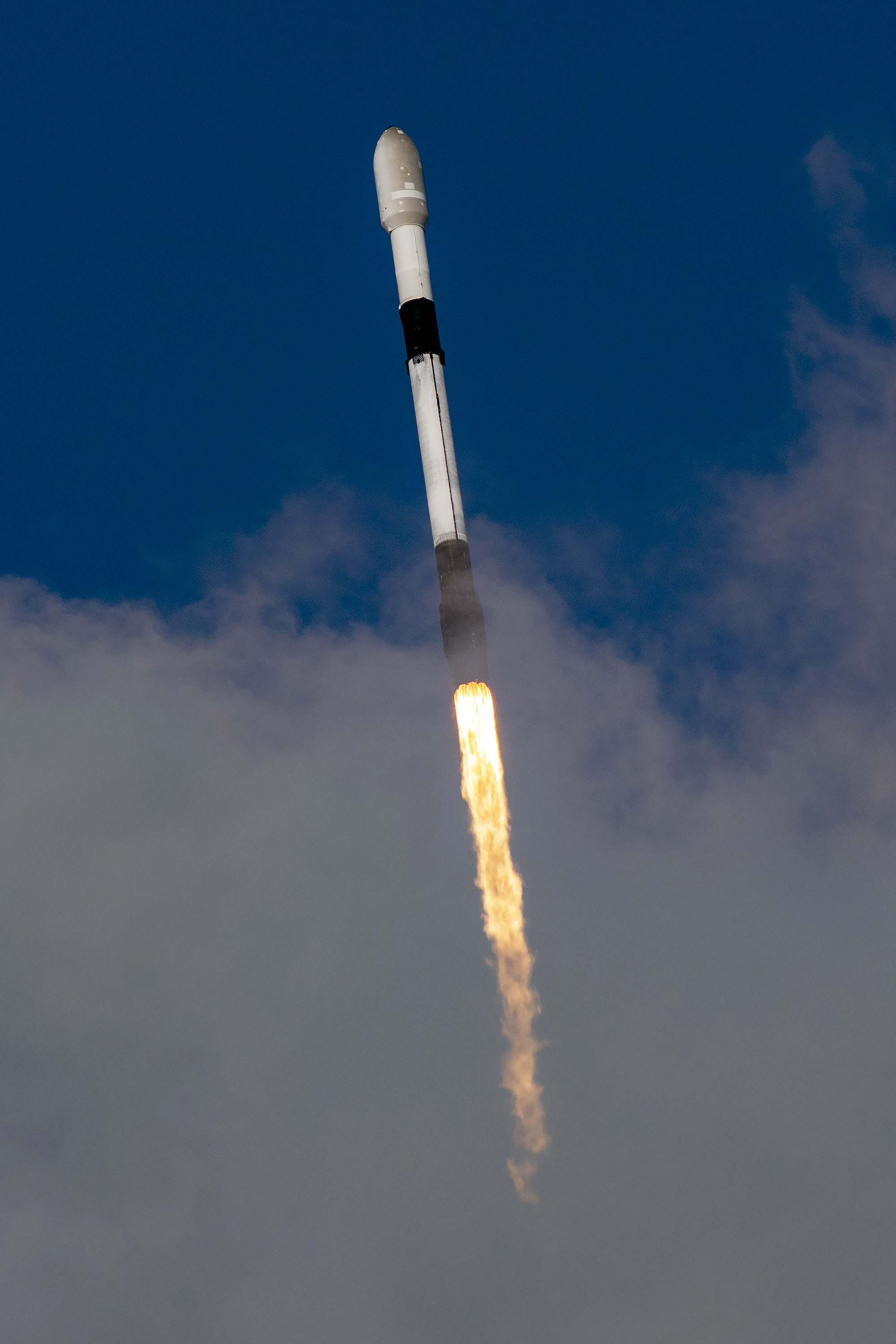
Falcon 9 Booster
The booster supporting the Amazonas Nexus mission is B1073-6; as the name implies, the booster has flown five previous times. This will change to B1073-7 upon successful landing.
| B1073’s missions | Launch Date (UTC) | Turnaround Time (Days) |
| Starlink Group 4-15 | May 15, 2022 20:40 | N/A |
| SES-22 | June 29, 2022 21:04 | 46.02 |
| Starlink Group 4-26 | August 10, 2022 02:14 | 41.22 |
| Starlink Group 4-35 | September 22, 2022 23:32 | 45.89 |
| HIKUTO-R Mission 1 | December 11, 2022 07:38 | 77.34 |
| Amazonas Nexus | February 5, 2023 22:32 | 56.62 |
Following stage separation, the Falcon 9 will conduct two burns. These burns aim to softly touch down the booster on SpaceX’s autonomous spaceport drone ship Just Read the Instructions.
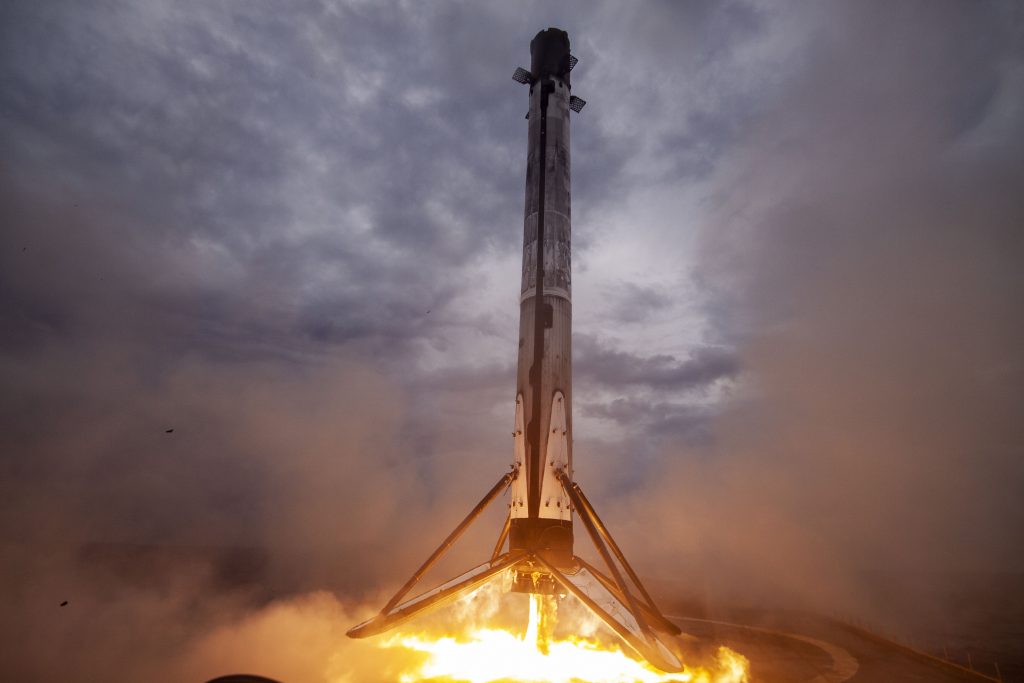
Falcon 9 Fairings
The Falcon 9’s fairing consists of two dissimilar reusable halves. The first half (the half that faces away from the transport erector) is called the active half, and houses the pneumatics for the separation system. The other fairing half is called the passive half. As the name implies, this half plays a purely passive role in the fairing separation process, as it relies on the pneumatics from the active half.
Both fairing halves are equipped with cold gas thrusters and a parafoil which are used to softly touch down the fairing half in the ocean. SpaceX used to attempt to catch the fairing halves, however, at the end of 2020 this program was canceled due to safety risks and a low success rate. On Amazonas Nexus, SpaceX will attempt to recover the fairing halves from the water with their recovery vessel Doug.
In 2021, SpaceX started flying a new version of the Falcon 9 fairing. The new “upgraded” version has vents only at the top of each fairing half, by the gap between the halves, whereas the old version had vents placed spread equidistantly around the base of the fairing. Moving the vents decreases the chance of water getting into the fairing, making the chance of a successful scoop significantly higher.
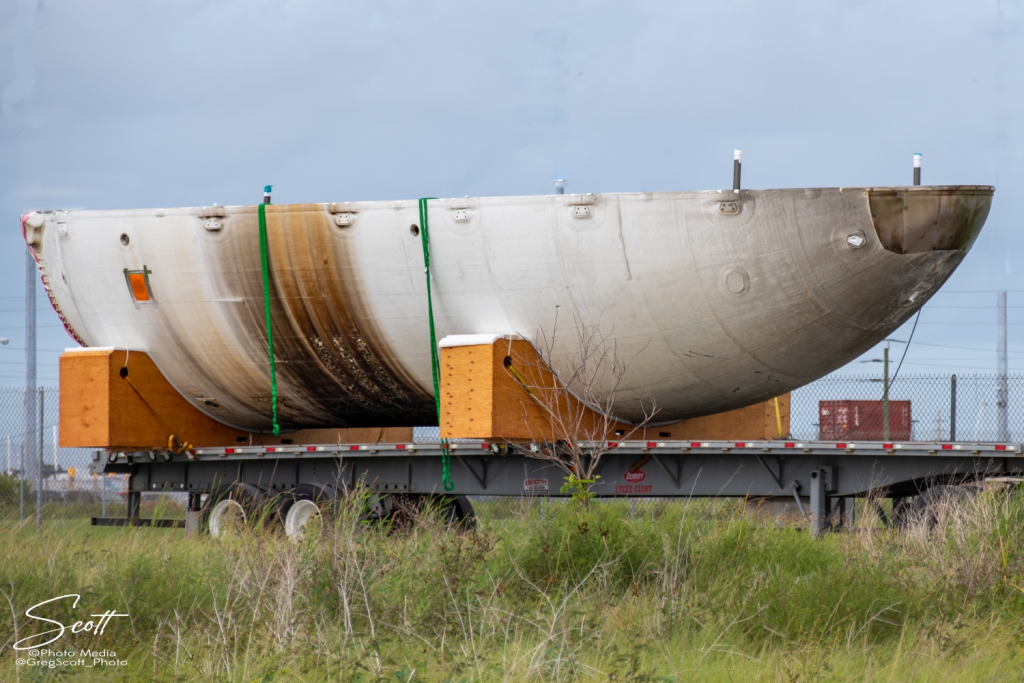
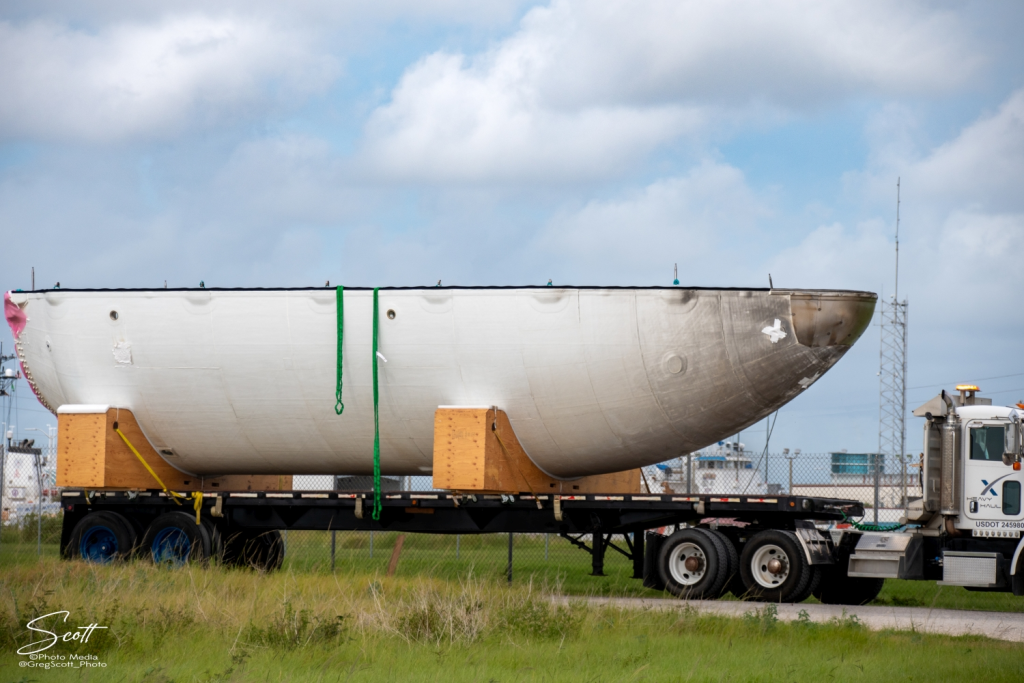

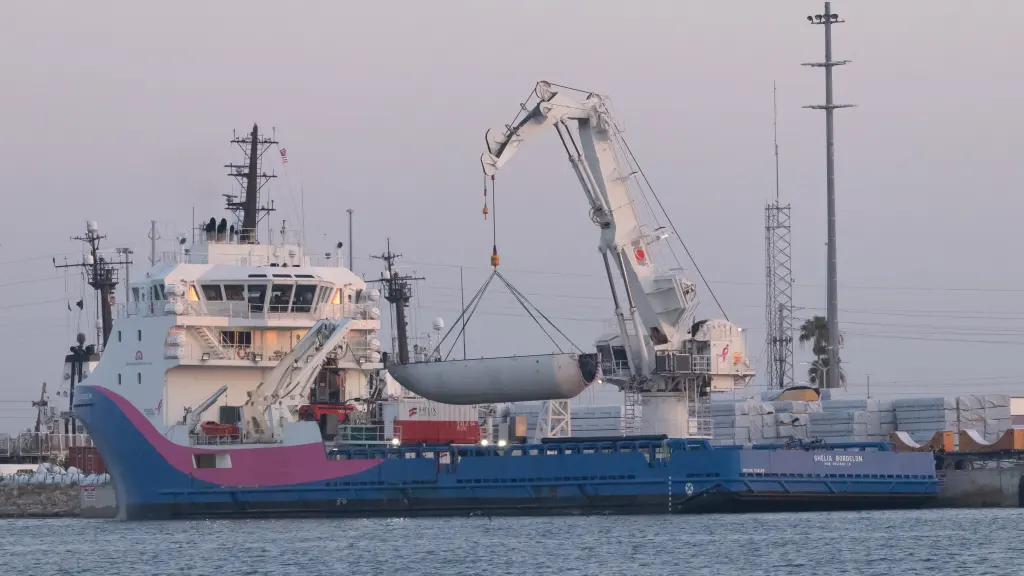
Amazonas Nexus Countdown
All times are approximate
| HR/MIN/SEC | EVENT |
|---|---|
| 00:38:00 | SpaceX Launch Director verifies go for propellant load |
| 00:35:00 | RP-1 (rocket grade kerosene) loading underway |
| 00:35:00 | 1st stage LOX (liquid oxygen) loading underway |
| 00:16:00 | 2nd stage LOX loading underway |
| 00:07:00 | Falcon 9 begins engine chill prior to launch |
| 00:01:00 | Command flight computer to begin final prelaunch checks |
| 00:01:00 | Propellant tank pressurization to flight pressure begins |
| 00:00:45 | SpaceX Launch Director verifies go for launch |
| 00:00:03 | Engine controller commands engine ignition sequence to start |
| 00:00:00 | Falcon 9 liftoff |

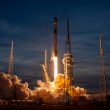
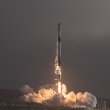



Thank you all for the hard work. It is very much appreciated. The site is very informative. Just a thought- it would great to have the launch trajectory info when possible for photography purposes.
Yes we are in Ft Lauderdale and it make all the difference knowing how south it is going. Saw one a few weeks back horizon to horizon. It was super cool. Super excited to see you fly!